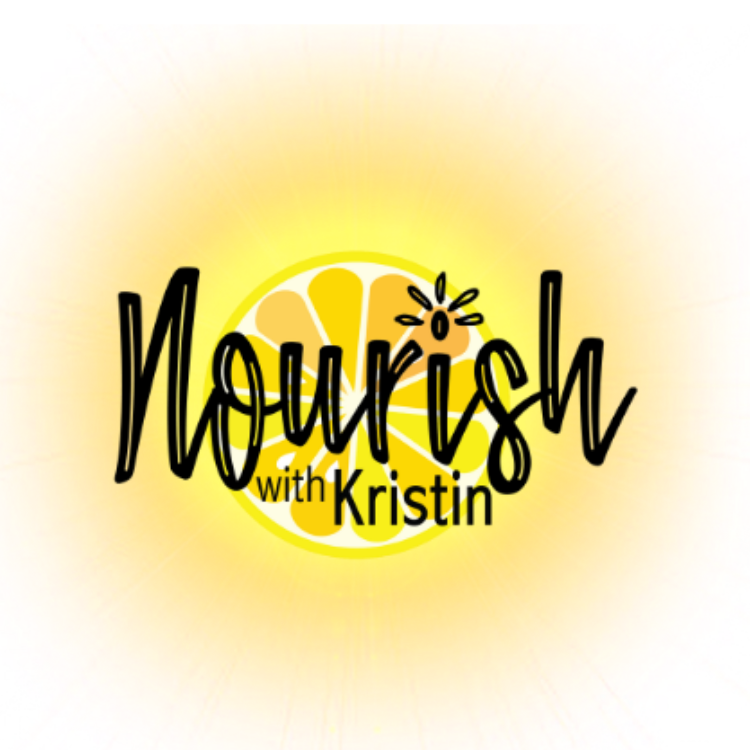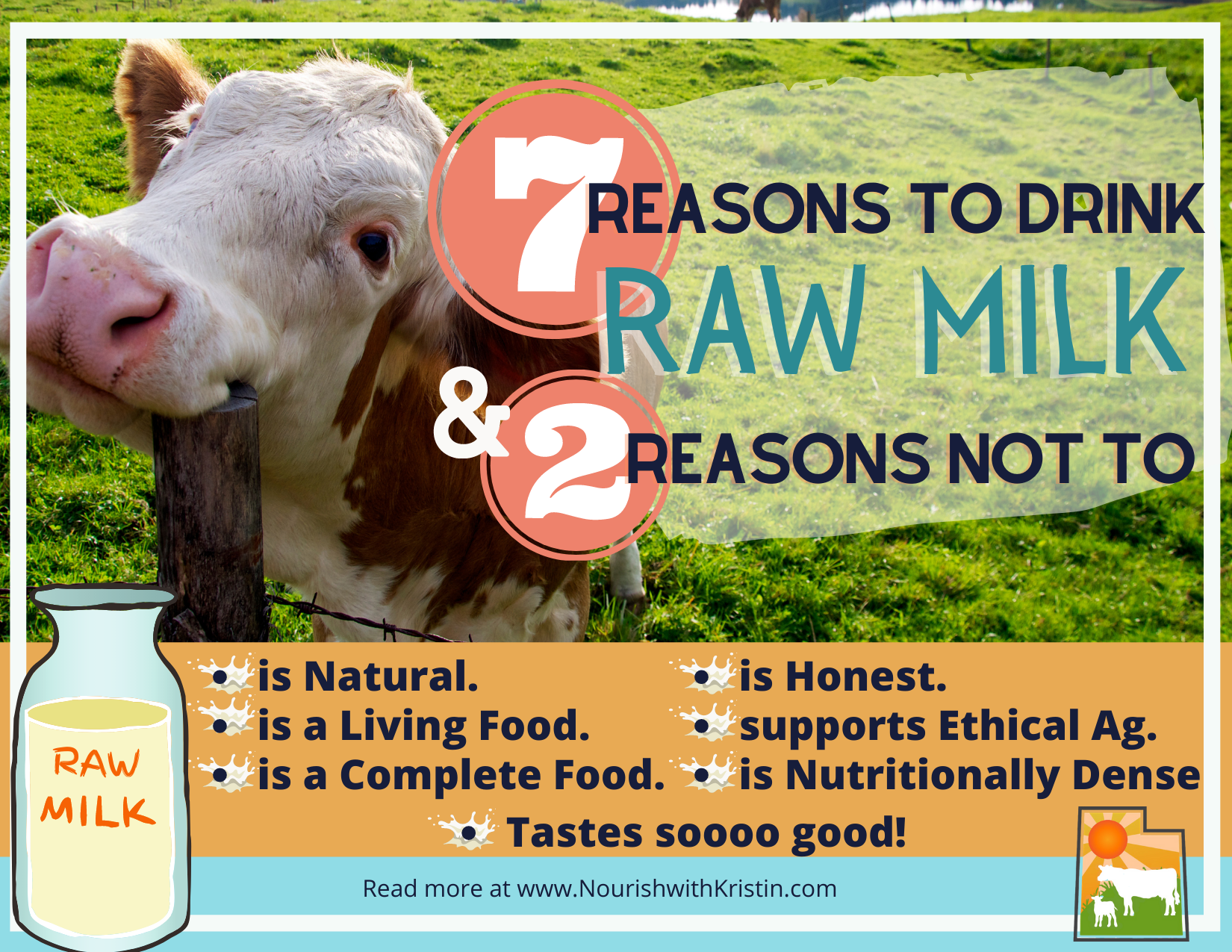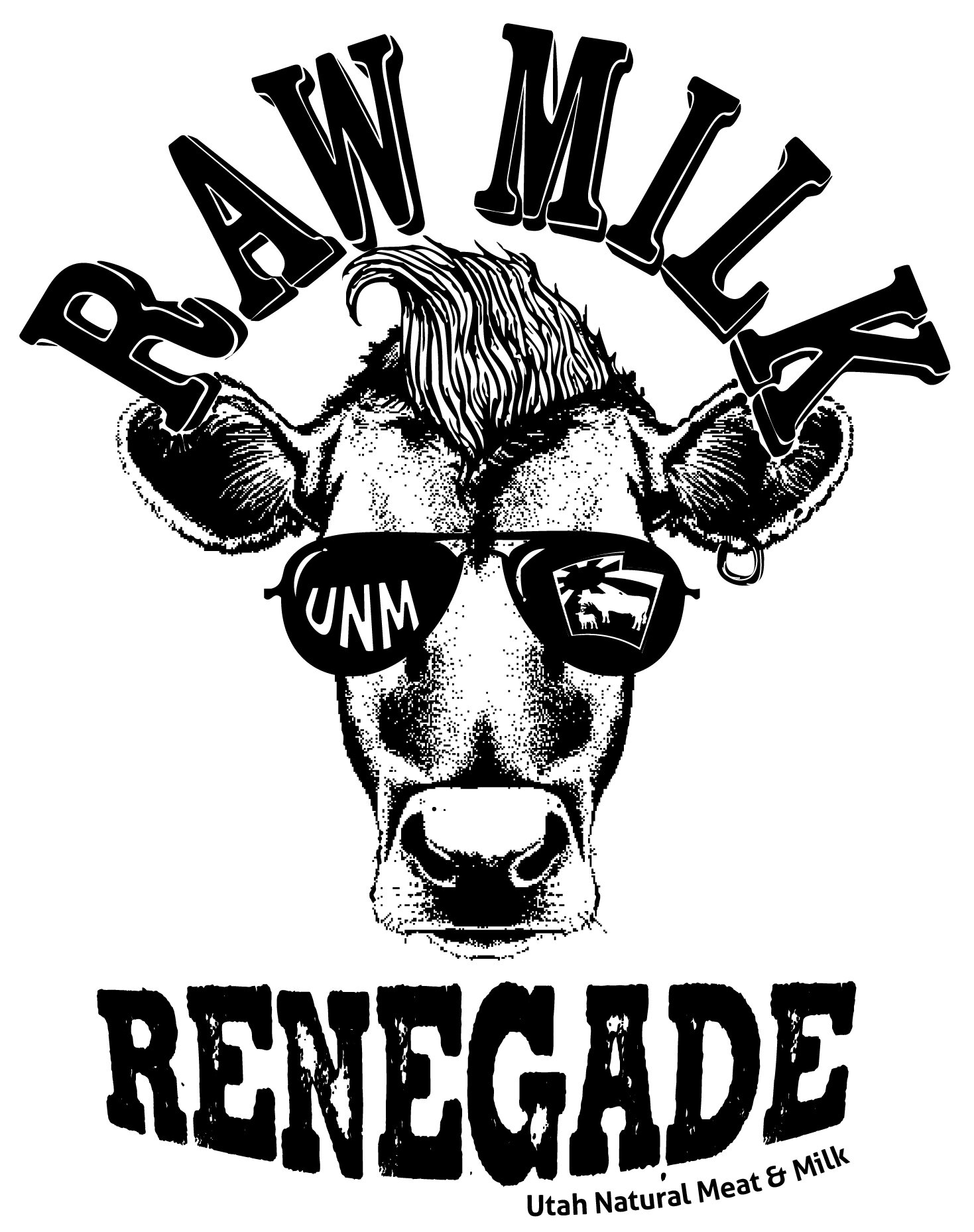7 Reasons to Drink Raw Milk & 2 Reasons Not to
There is a lot of misunderstanding around raw milk, and even a little fear. Even a customer who makes it as far as our little farm to buy raw milk will ask at the counter “How long should I boil this for?” The answer is always a resounding “Don’t!” Please don’t boil our beautiful, whole, nourishing, clean, lovely milk! Instead let’s talk for a minute about why we drink Raw Milk.
7 Reasons to Drink Raw Milk
Raw milk is natural.
Just as mother nature intended. It reflects the health of the cow and changes with the seasons (long time customers note that our milk is creamier in winter months!) It comes packaged with complete nutrients and everything you need to use it. Proteins work synergistically, vitamins and minerals are unlocked by enzymes, fats are healthy and fortifying, sugars are slowly absorbed and broken down….everything works how it should naturally. People throughout time understood this and prized milk for its nourishing properties. In fact, there was public outcry when pasteurization was first proposed because, even though a health crisis stemming from deplorable conditions led to a need for change, it took a lot of PR to get grandma to accept that gallon of cooked. She understood what was lost when you messed with something naturally good.
Raw milk is a living food.
Simply put, when you pasteurize (or now even ultra-pasteurize!) milk, you kill EVERYTHING in it….the good and the bad. Just like our body is made up of more microbiota than actual human cells, milk has its own microbiome: a lush landscape of beneficial bacteria that work to help us digest and use the nutrients in it. The good bacteria in milk are actually protectants against invasive bad bacteria. Culturing these good bacteria can yield amazing products like cheese, yogurt, kefir, clabbered milk and more. Living, raw milk fosters a diversity in our “gut garden” and supports digestibility and improved immune systems.
Raw Milk is a complete food.
It is milked from a cow raised on pasture and goes right into a chill tank; then it is bottled and hits the shelf (in our case right across the parking lot!). Nothing taken and nothing added. When you buy commercial milk, the story changes. Cows removed from pasture and fed unnatural diets are milked and from there it becomes a processed product. It is collected and heated. Centrifuges separate milk into fat, proteins, and other liquid and solid components. Then they can be recombined into “whole,” low fat, and skim milk. In this model, even whole milk isn’t whole. It has a prescribed amount of fat added back into it and the rest goes off to make cheese or butter. Low fat milks have to have powdered milk concentrates added back into them to maintain a pleasing texture and color. Milk is fortified with synthetic vitamins to compensate (poorly) for those lost in processing. You can see start to finish that what you hold in that gallon of pasteurized milk is a far cry from what you get in a gallon of complete, whole, raw milk straight from the farm.
Raw Milk is an honest food.
Pasteurization was adopted over a second option: certified cleanliness. It was faster and cheaper to sterilize milk than it was to oversee clean practices, so the industry preferred to boil it all rather than put the work into improving the system. Pasteurization means a sick cow can contribute to a milk tank or strict sanitization can be compromised because, in the end, it’s all getting sterilized anyway. Today, better understood and accountability is easier to enforce. Rigorous testing measures go into certifying raw milk. Cows are kept to the highest health standards (and really, their natural, grass fed diets support this anyway.) Raw milk must stand on its own…an honest, clean product whereas pasteurization can hide a multitude of questionable practices or contents. Furthermore, the milk itself will tell you its story. A sniff or a taste reveals if it’s begun to sour, whereas pasteurized milk will all of a sudden go “off.” Have you experienced that? One day you open the jug and pour a glass of “what just happened?!” whereas with raw milk, it slowly changes. If it becomes too tangy, you can make cultured butter or kefir. By the time pasteurized milk smells bad, it’s simply waste.
Raw milk supports ethical agriculture.
Raw milk is produced on small scale farms, allowing for more oversight and allowing you to support local when you purchase it. There is a timeless rule that farmers follow: take care of the animals, and they take care of you. Healthy, happy animals give clean, healthy milk. Without pasteurization to cover missteps, commercial pressures to treat cows as simple commodities and apply high production methods at the expense of good husbandry, and with an intrinsic relationship between land use and final product rather than a model that crams as much as possible into artificially supported spaces, raw milk fosters a regenerative and net positive system. Farmers know their cows. Consumers know the farmers. And everyone is incentivized to take optimal care of the animals. Purchasing raw milk supports this economy rather than one that exploits animals and depletes natural resources.
Raw milk is nutritionally dense.
When all nutrients are present and accounted for in a usable form, milk is power packed. As humans, we’ve thrived from the ability to identify and acquire nutritionally dense foods. We began domesticating dairy animals as early as 8,000 B.C. and the tradition continues today for a reason. The infographic (below) shows some of the major nutritional differences between raw and pasteurized. Isn’t raw milk beautiful?
Raw milk tastes sooo good!
We hear it all the time from repeat customers who love the flavor of our raw milk. People describe it as: fresh, clean, rich, slightly sweet, and even bright. By contrast they describe pasteurized milk as: watery, tasteless, slightly sour, and flat. And consider all the yummy foods you can make in your own kitchen with a gallon of the good stuff: clabbered milk, clotted cream, cheeses of all kinds, yogurt, kefir, labneh, butter and buttermilk…the list just goes on and rest assured, they are all tasty!
Two Reasons not to drink Raw milk
It is more expensive.
When compared side by side, many people experience sticker shock. With conventional milk available for under 2 bucks a gallon and raw dairy ranging from $9-$14 a gallon (in our state) it can be easy to dismiss raw milk as a luxury. If it doesn’t fit into your budget, by all means forgo! But consider the differences. Ask yourself why processed milk is so cheap. Rather than discuss food subsidies and the oppression of dairy farmers, let’s just consider this: conventional milk is considered a beverage. It is a concentrated source of sugar and anyone with teenagers can attest to how fast a gallon disappears! On the other hand, raw whole milk is easily categorized as a food for its nutritional profile and satiating quality. So, they can’t easily be compared. One is a nourishing treasure trove of building blocks, probiotics, enzymes, vitamins and minerals and the other….a sugary white drink to pour over cereal. In this case, you really do get what you pay for.
You’re allergic to milk.
Milk allergies come in many forms and having an allergy or sensitivity is not as simple as it sounds. For example, if you are lactose intolerant, there is a good chance you can tolerate and benefit from drinking raw milk. With the enzyme lactase present and active in raw milk (as opposed to absent from pasteurized milk) you have the tools you need to break down and process lactose. (Did you know lactose free milk on supermarket shelves is simply pasteurized milk they’ve added lactase to? And when you take pills like Lactaid to help with lactose intolerance…you guessed it! It’s just lactase…the same enzyme killed when heat processing milk.)
However, If you are allergic to a protein in milk, then you could very well react to raw milk and may need to resolve yourself to being dairy free.
It really is more of a spectrum for many than a black and white answer. Some people tolerate aged cheeses but not fresh milk. Others can fit yogurt and kefir into a healthy diet. It may be worth the time and investigation to see where and if dairy can play a role in your diet. Check out the sensitivity and allergy testing kits here. Besides being home kits with no lab necessary, they come with a guided result review where we can talk about how dairy (and other foods) can fit into your diet.
Where can I buy Raw Milk?
Weston A Price Foundation maintains an awesome Real Milk Finder. Simply scroll to your state to find raw milk near you!
If, like me, you call the Wasatch Front home you are in luck! Utah Natural Meat and Milk has what I think is the best tasting, highest quality raw cow AND goat milk you can get. Their commitment to cleanliness exceeds even strict state standards and they treat their animals with incredible care. The result is a bright, creamy milk that is never skimmed or altered. Filtered, chilled, bottled. That’s it! Come and get it…and tell them I sent you!
Thirsty for more?
Read other posts in my Raw Milk series!











